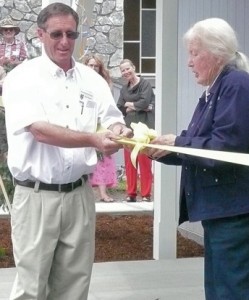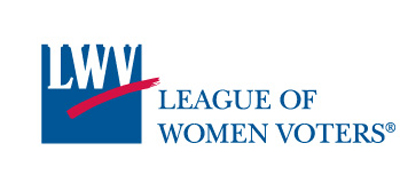By Madie Murray
It’s a few minutes to five on a chilly Thursday evening when volunteers start arriving at the Food Bank building on Madrona Street to hand out free groceries to individuals stopping by this night. About 10 are already in front chatting and commiserating, waiting for the door to open so they can each leave with two packed bags of fresh, frozen and canned foods. Earlier in the day, apples, a huge box of potatoes, loaves of freshly made bread, even cans of dog food have been left at the large donation box just outside the side door of the building. These, and a myriad of other items wait on the shelves to go home to a grateful family.
“There are many reasons people come to the Food Bank,” says 12-year Food Bank volunteer Sharon Bearchell. “For most it’s circumstance: a lost job, disabilities limiting their ability to work or a rough time in their otherwise productive life.” By Christmas, it’s anticipated that up to 300 people representing about 90 families will be coming to the Food Bank every week to receive free groceries with no questions asked or judgments made.

On July 10, 2011, current Food Bank Board President, Larry Shaw, and Lina McPeake, who oversaw the foundation of the food bank from the beginning, cut the ribbon that formally opened the new Food Bank building on Madrona Street.
The Food Bank has various ways it keeps its shelves stocked besides local residents bringing items directly to its donation box at any time day or night, or to boxes at the Senior Center, Key Bank and other locations on the Island. Local farmers and home gardeners have a “Plant A Row” program in the summer where fresh produce is grown and contributed to the Food Bank. Jeff Rodenberger makes trips to the Bellingham Food Bank once a month on his own nickel and picks up hundreds of pounds of government subsidy items and other foods from Northwest Harvest including frozen vegetables and meats, canned goods, flour, eggs, cereals, beans and pasta. “It’s just something I like to do,” he says.
It also receives fresh salmon already filleted donated by the Glenwood Springs hatchery when the runs are good; and apples, pears, plums and berries are dropped off by residents whose trees and bushes bear more than they can possibly eat alone.
And, of course, cold, hard cash keeps the wheels turning. Virtually all funding come from private donations and grants. “We’re always in need of cash for food purchases not covered by government subsidies. That constitutes about 90% of our expenses; and, of course, there’s also the obvious bills such as heating, electricity, equipment maintenance, accounting, insurance, phone and general operations needs,” says Larry Shaw, president of the Food Bank Board.
Orcas Island wasn’t alone on this chilly night in October. Food Banks across the nation were doing exactly the same. But for our special island, our Orcas Island Food Bank on Madrona Street has a special heart and soul just for its own friends in need who can stop by once a week on either Thursday between 5:30 and 6:30 p.m. or Tuesday between 12:30 and 2 p.m.
Fall and winter are especially high-demand months for our little Food Bank with a big heart, and its annual Food and Funding Drive is in full swing. This is where you can help. Cash donations may be sent to PO Box 424, Eastsound, WA 98245. For information about all of the ways to contribute, what to contribute, location of food donation boxes, cash donation jars and volunteering for the Orcas Island Food Bank, visit www.orcasislandfoodbank.org or call 376-4445.
And if you know someone who could use its help but are reluctant to take that step, urge them to just go once on a Tuesday or Thursday. They will be welcomed with open arms, two full bags of food and a heartfelt “come by again next week!”
**If you are reading theOrcasonian for free, thank your fellow islanders. If you would like to support theOrcasonian CLICK HERE to set your modestly-priced, voluntary subscription. Otherwise, no worries; we’re happy to share with you.**







